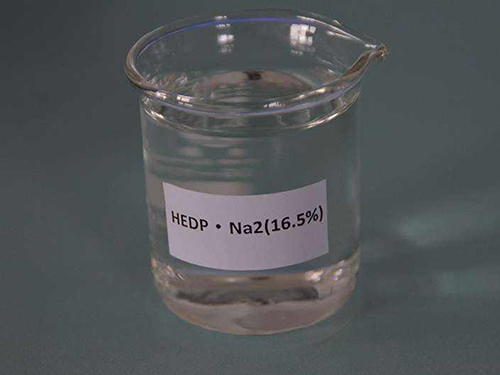Applications and Benefits of Nonionic Polyacrylamide in Various Industries
Nonionic Polyacrylamide An Overview of its Applications and Benefits
Nonionic polyacrylamide (NPAM) is a versatile and widely used polymer that plays a significant role in various industrial processes. This synthetic polymer, derived from the polymerization of acrylamide, is characterized by the absence of ionic groups, which gives it unique properties that are advantageous in numerous applications. This article aims to explore the structure, properties, and diverse applications of nonionic polyacrylamide, as well as highlighting the benefits it brings to different industries.
Structure and Properties
Nonionic polyacrylamide is formed through the polymerization of acrylamide monomers. The nonionic nature of NPAM means that it does not carry a net charge, which influences its behavior in aqueous solutions. This characteristic makes NPAM particularly effective in various environments, including neutral or slightly alkaline conditions. The molecular weight of NPAM can be varied during the production process, allowing for tailored properties suited to specific applications. Generally, NPAM possesses excellent water solubility, resulting in a clear solution that can be easily utilized in various systems.
One of the most notable physical properties of nonionic polyacrylamide is its ability to increase viscosity in aqueous solutions. This thickening ability is due to the polymer's high molecular weight and chain entanglement, which creates a network of intermolecular interactions. Additionally, NPAM is known for its excellent flocculating properties, making it suitable for applications that require the separation of solid particles from liquids.
Applications in Water Treatment
One of the primary applications of nonionic polyacrylamide is in water treatment. In municipal and industrial wastewater treatment plants, NPAM is widely utilized as a flocculant and coagulant aid. When added to wastewater, NPAM binds with suspended particles, forming larger aggregates (or flocs) that can be easily removed from the water. This process significantly enhances the efficiency of sedimentation and filtration, resulting in cleaner effluent and reduced environmental impact. Furthermore, NPAM's nonionic characteristics minimize the risk of destabilizing the water quality, making it a preferred choice over ionic polymers in certain situations.
Agricultural Uses
nonionic polyacrylamide

In agriculture, nonionic polyacrylamide has found extensive usage, particularly in soil conditioning and erosion control. When incorporated into soils, NPAM helps to improve water retention and soil structure, thereby promoting healthier crop growth. Its ability to form a gel-like substance when mixed with soil increases the soil’s capacity to hold moisture, which is especially beneficial in arid regions. Additionally, NPAM can reduce soil erosion by binding soil particles together, helping to maintain soil integrity and prevent the loss of valuable topsoil.
Industrial Applications
Beyond water treatment and agriculture, nonionic polyacrylamide also has numerous applications in various industrial sectors. In the mining industry, NPAM is used as a flocculant to assist in the clarification of mineral slurries. In the paper industry, it acts as a retention aid, enhancing the efficiency of the papermaking process. Furthermore, NPAM is utilized in the manufacture of cosmetics, where its thickening and stabilizing properties improve product texture and performance.
Environmental Considerations
While nonionic polyacrylamide is generally considered safe for use, it is important to acknowledge environmental considerations related to synthetic polymers. Research is ongoing to understand the long-term impact of NPAM in various applications, particularly in terms of biodegradability and potential toxicity. Initiatives aimed at developing more sustainable polymers and understanding NPAM's environmental fate are crucial as industries continue to seek eco-friendly alternatives.
Conclusion
Nonionic polyacrylamide is a multifaceted polymer with a broad spectrum of applications across different industries. Its unique properties, including water solubility, viscosity, and flocculating capabilities, make it invaluable in water treatment, agriculture, and various industrial processes. As the demand for effective and sustainable solutions grows, the role of NPAM in promoting efficiency and environmental integrity is likely to expand further, making it an essential component in modern industrial practices.
-
Premium Isothiazolinones | Broad-Spectrum Biocidal SolutionsNewsAug.28,2025
-
LK-319 Special Scale And Corrosion Inhibitor For Steel Plants: Advanced Solutions for Industrial Water SystemsNewsAug.22,2025
-
Flocculant Water Treatment: Essential Chemical Solutions for Purification ProcessesNewsAug.22,2025
-
Isothiazolinones: Versatile Microbial Control Agents for Industrial and Consumer ApplicationsNewsAug.22,2025
-
Scale Inhibitor: Key Solutions for Water System Scale PreventionNewsAug.22,2025
-
Organophosphonates: Versatile Scale Inhibitors for Industrial Water SystemsNewsAug.22,2025





